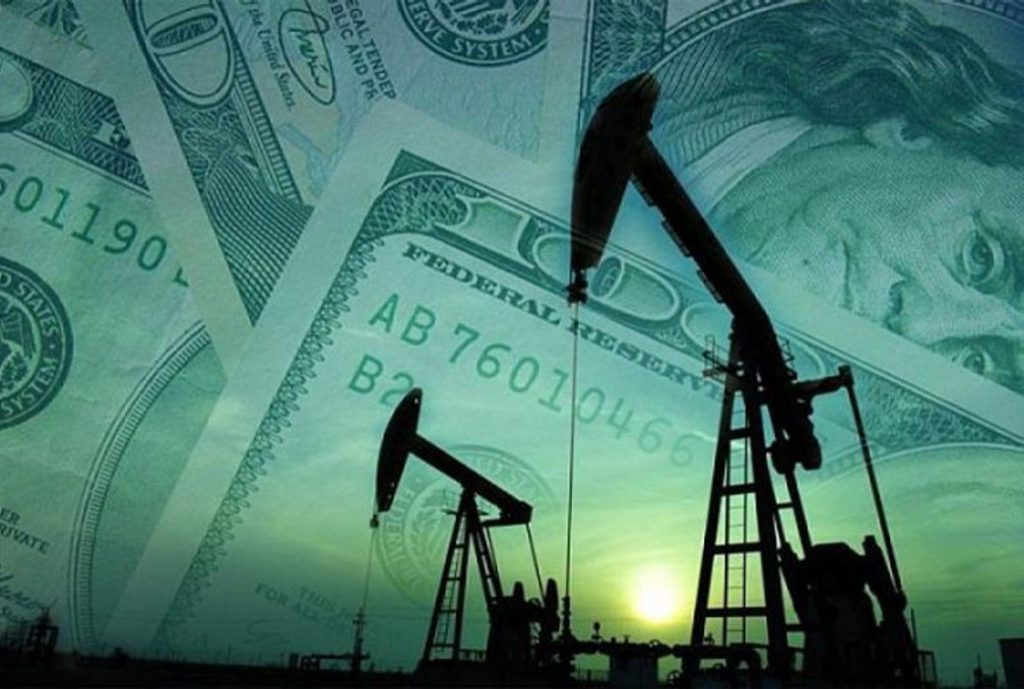Citi Analysts Predict Oil Prices Could Crash To $60 a Barrel
Citi analysts remain bearish on oil prices and predict a sharp fall highlighting the ongoing geopolitical tensions around the world. Brent Crude is currently trading around the $80.50 mark and is hovering in the charts according to the market expectations.
However, Citi analysts forecast that Brent Crude oil prices could soon come crashing leading to disruption in the commodity markets. The fall could affect the global oil and gas sector and lead to an overall correction in the equity markets shortly.
Also Read: Currency: Indian Rupee Falls To Record Low Against US Dollar
Oil Prices Might Plummet To $60 Per Barrel: Citi Analysts

When the forecast was published by the Citi analysts, Brent Crude oil prices were hovering around the $82 a barrel mark. The prices have already dipped by nearly $2 since the prediction was made early this week.
Also Read: US Dollar Or Japanese Yen: Which Currency Is Realistically Stronger?
According to the price prediction from Citi analysts, Brent Crude oil could crash and hit the $60 mark per barrel. That’s another 20% dip from its current price of $80 a barrel.
“Our 0-3 month forecast for Brent is $82/bbl before prices head lower during 4Q and into 2025 when we expect them to settle at $60/bb,” states the Citi note.
Also Read: Hedge Funds Aggressively Bet on Copper: Predict 100% Rise to $20,000
Citi anticipates volatility due to macroeconomic factors including geopolitical tensions and conflict in the Middle East for the oil dip. Therefore, taking an entry position into Brent Crude currently is deemed risky by Citi analysts. The commodity has more chances of heading south than north for the rest of 2024.
Nonetheless, while Citi analysts are bearish on Brent Crude oil prices, they are bullish toward copper. Their latest prediction estimates that copper prices could have an upside towards $12,000 in 2024.
Copper is currently trading around the $9,650 level and has more chances of reaching $12,000 in Q4 of 2024, they predicted. That’s an upside and a return on investment (ROI) of nearly 25% if the prediction turns out accurate.
